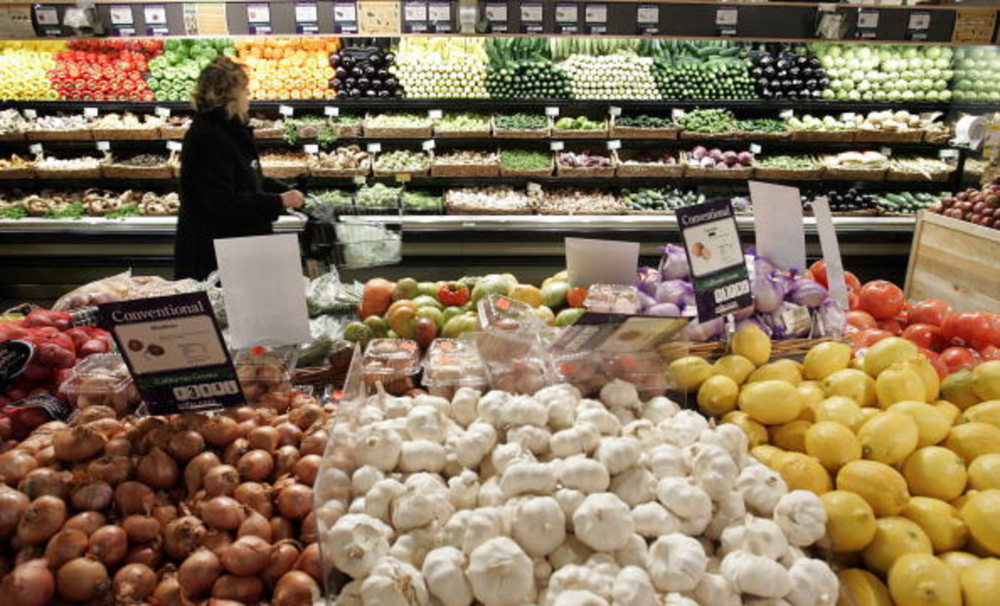Amazon‘s acquisition of Whole Foods Market signals to marketers that analytics and data acquisition are now essential investments for staying ahead of the competition. Leveraging analytics to increase profitability is something I and other analytics professionals have advocated for years. But the high profile of the Amazon-Whole Foods merger places a unique spotlight on analytics, one that holds lessons for the competitive marketer.
How Amazon realigned digital marketing
The financial profile of the grocery retail industry laid the groundwork for this acquisition. Food items are regularly sold at narrow profit margins, with retailers using promotions to drive high volume sales. Whole Foods Market focused on offering higher margin organic foods. But in recent years, competitors too have begun to offer organic food, diminishing that advantage.
Another factor has been the growing closeness between digital media and data, and real world experience —something with which Amazon has been experimenting. Take Amazon Dash, a series of branded buttons for re-ordering goods. They are meant to enhance the shopping experience on Amazon Prime. The forays are part of a broader picture of making Amazon look more like a physical retailer to consumers, thus strengthening its brand as it enters physical retailer spaces. The buzz over this year’s Amazon Prime day – a holiday of shopping savings – reflects that strength. There are 85 million Prime subscribers, up 35% from last year according to Digital Commerce.
But the most critical factor is the environment associated with Amazon’s cloud technologies and services. AWS has a dedicated developer community, similar to those associated with other tech giants like Google and Microsoft. Such communities have been crucial in establishing services with Amazon partners, and expanding usage of machine learning to better understand customer preferences.
With the Whole Foods acquisition, AWS can demonstrate the potential benefit of its services to a major retail operation. For consumers, this could mean better price offers, personalized to their shopping behavior, through machine learning applied to their data. The opportunity also builds Amazon’s profile in global, real world applications of customer personalization, especially with competitor Alibaba making similar overtures for blending digital and physical retail in China.
How can marketers follow Amazon’s lead?
Amazon’s history demonstrates an organic focus on data-driven activities that build efficiencies into the operations behind products and services.
Few companies have Amazon’s scale for data – and none have Jeff Bezos as a CEO. But there are a few approaches marketers can use to emulate some of Amazon’s data-driven efficient in their organizations.
1. Create nimble personalization campaigns buoyed with analytics
Massive one-size-fits-all marketing campaigns are being replaced with small-scale campaigns that feel personalized and occur with more frequency. Planning analytics is critical for optimizing the timing of messages, offers, and recommendations relative to these campaigns. It is also critical for deploying advanced machine learning and AI methodologies. Delays in starting such initiatives create a huge lag behind competitors who have invested in creating a personalized experience.
2. Quickly refine attribution modeling
With short campaigns, marketers should strive to refine attribution measurement.
Today’s customers encounter brands at multiple online and offline touch-points, creating a blend of experiences that influence their decision to buy. Because of this, analytics must be deployed to measure brand awareness, consideration, and decision among customers, on a retail journey involving multiple platforms and digital channels. Deployment must be immediate enough to make action on discovered trends practical. Think agile management from software development, but applied to operations, and you have the right idea.
3. Recognize that physical spaces to acquire customers must complement digital experience
Widespread online access, and the ubiquity of smart devices, have increased the convenience and efficiency of online commerce. As a result, excess retail overhead exists, burdening traditional retailers — including grocery chains — with escalating costs. Two regional grocery chains, Dominick’s (owned by Safeway) and Marsh (based in Ohio), closed due to sales declining below levels that justified the chains’ floor space.
Marketers can follow the lead of digital-turned-physical retailers, like Warby Parker, and use analytics for guidance on right-sizing operations to complement online activity.
4. Refine advertising messages to complement customer journey
Because digital media now accompanies the entire customer journey, it is essential that marketing messages mirror the key elements of the acquisition funnel — awareness, research, consideration, conversion, and retention. This means creating advertising messages with these elements in mind rather than focusing on only sales announcements. While most marketers know the funnel, many industries, like traditional grocery retail, frequently overlook the details in practice. Online groceries, while still somewhat nascent as an industry, will force traditional retailers to adapt accordingly.
With the possibilities for Amazon and Whole Foods seeming endless, one thing is clear — the road to business growth begins with savvy applications of analytics.







